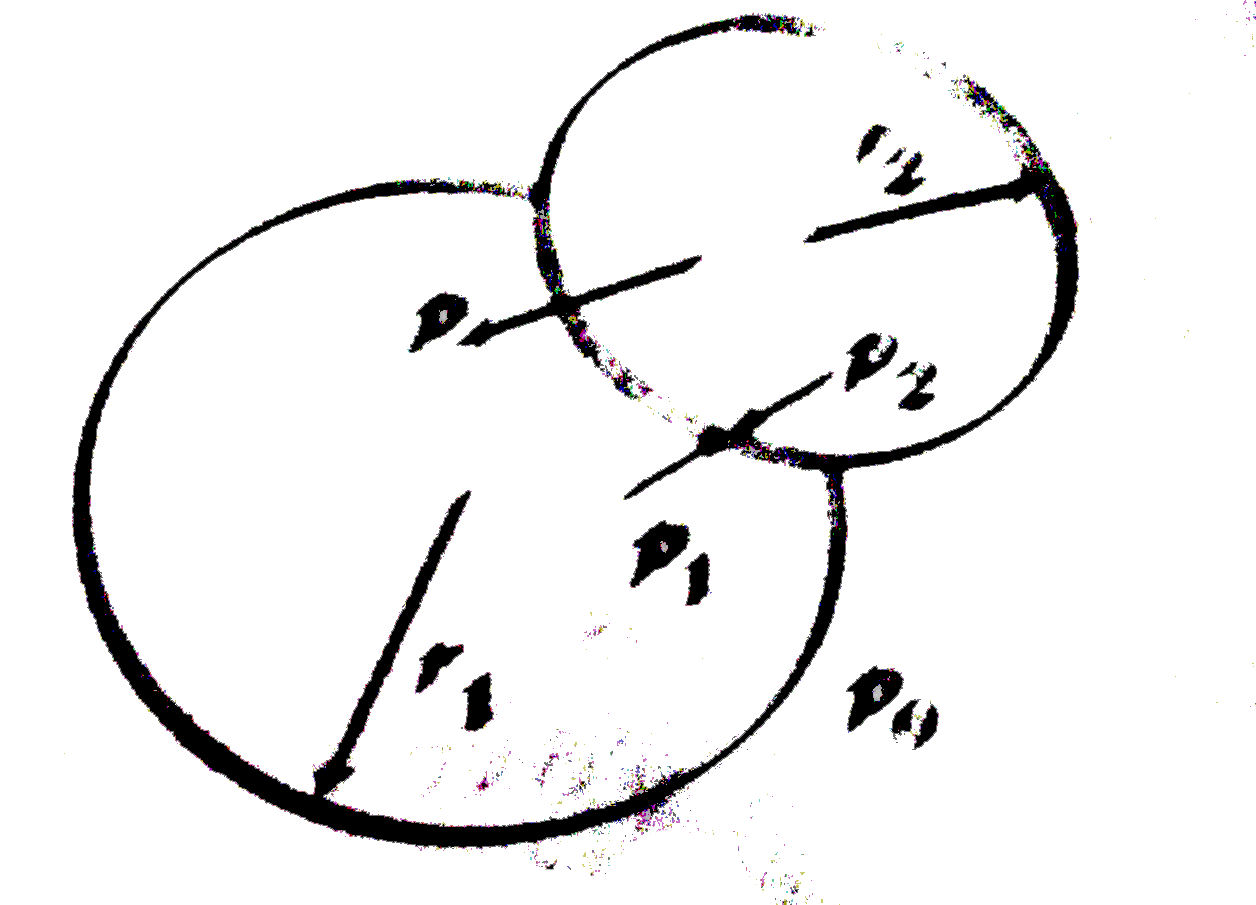Text Solution
Verified by Experts
|
Topper's Solved these Questions
FLUID MECHANICS
DC PANDEY ENGLISH|Exercise Example 13.33|1 VideosView PlaylistFLUID MECHANICS
DC PANDEY ENGLISH|Exercise Example 13.34|1 VideosView PlaylistFLUID MECHANICS
DC PANDEY ENGLISH|Exercise Example 13.31|1 VideosView PlaylistEXPERIMENTS
DC PANDEY ENGLISH|Exercise Subjective|15 VideosView PlaylistGENERAL PHYSICS
DC PANDEY ENGLISH|Exercise INTEGER_TYPE|2 VideosView Playlist
Similar Questions
Explore conceptually related problems
